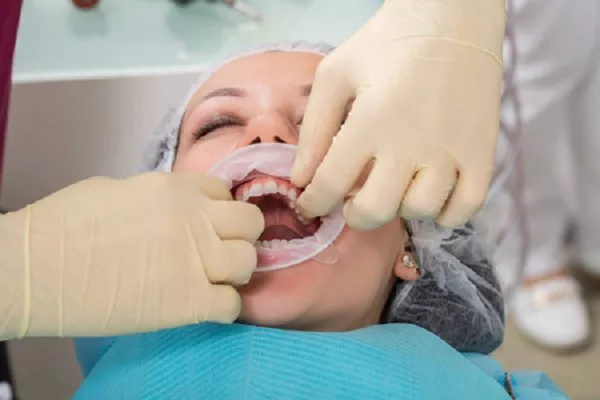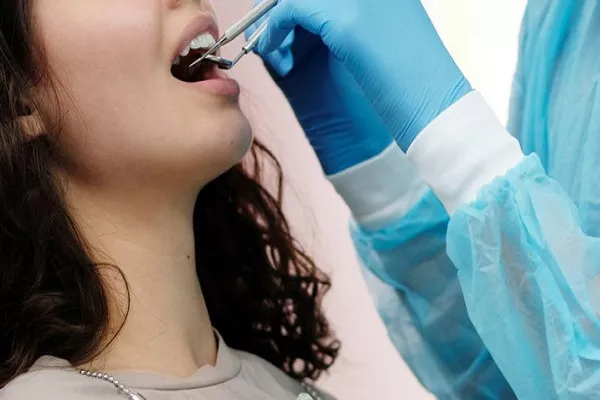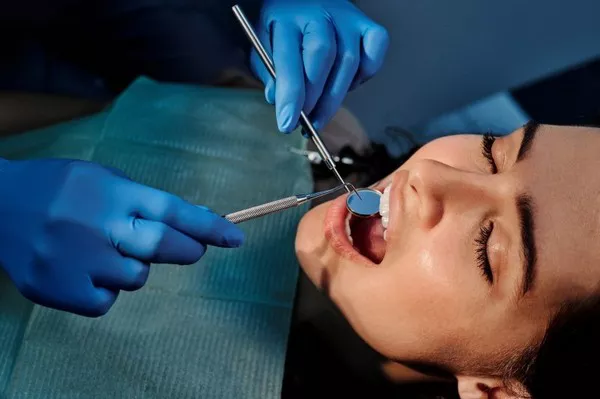The aftermath of wisdom teeth removal involves a delicate balance of healing and recovery, often accompanied by various considerations, including the presence of stitches. Many patients wonder about the duration it takes for these stitches to dissolve naturally. In this comprehensive guide, we explore the intricacies of wisdom teeth stitches, shedding light on the factors influencing their dissolution timeline and offering insights for a smoother post-extraction recovery.
1. The Role of Stitches in Wisdom Teeth Removal:
Promoting Healing: Stitches, also known as sutures, play a crucial role in the healing process after wisdom teeth extraction. They help to secure the surgical sites, minimize bleeding, and facilitate the formation of blood clots.
Types of Stitches: The type of stitches used can vary, ranging from absorbable to non-absorbable. Absorbable stitches are designed to dissolve over time, eliminating the need for removal.
2. Factors Influencing Dissolution Time:
Type of Stitches Used: Absorbable stitches are commonly used for wisdom teeth extraction. These stitches are often made from materials like polyglycolic acid or gut and are designed to break down naturally within the body.
Suture Material Composition: The composition of the suture material influences the dissolution timeline. Some materials break down more quickly than others, and this can impact how long the stitches remain in place.
3. Typical Timeline for Absorbable Stitches:
Initial Days: Absorbable stitches often start to break down within the first week after surgery. During this period, it’s not uncommon for patients to notice changes in the stitches, such as fraying or loosening.
Complete Absorption: In most cases, absorbable stitches dissolve completely within two to four weeks. However, the exact timeline can vary based on individual factors, including the body’s healing response and the specific suture material used.
4. Caring for Stitches During the Healing Process:
Avoiding Disturbance: While absorbable stitches are designed to dissolve on their own, it’s crucial to avoid disturbing them unnecessarily. Refrain from poking or prodding the surgical sites with your fingers or tongue.
Following Post-Operative Instructions: Adhering to post-operative care instructions provided by your oral surgeon or dentist is essential. This includes guidelines on oral hygiene, dietary restrictions, and any specific recommendations related to the stitches.
5. Signs of Dissolution Progress:
Changes in Appearance: As absorbable stitches begin to dissolve, you may notice changes in their appearance. This can include fraying or loosening, and it’s typically an indication that the dissolution process is underway.
Lack of Discomfort: Once stitches start to dissolve, any discomfort or tightness associated with them should gradually subside. If you experience persistent discomfort, it’s advisable to consult with your oral surgeon or dentist for further evaluation.
6. Non-Absorbable Stitches:
Removal Process: In cases where non-absorbable stitches are used, they will need to be removed by your oral surgeon or dentist. The removal process is typically scheduled during a follow-up appointment, usually within a week or two after the surgery.
Reduced Dissolution Time: Non-absorbable stitches do not dissolve on their own and require manual removal. While they serve the same purpose in securing the surgical sites, their presence is temporary, and the removal process is relatively quick.
Conclusion:
The dissolution of wisdom teeth stitches is a natural part of the post-extraction healing process. Understanding the factors that influence the timeline, such as the type of stitches used and individual healing responses, can provide patients with valuable insights. Patience, along with diligent adherence to post-operative care instructions, is key to ensuring a smooth recovery. If you have concerns about the progress of stitch dissolution or experience persistent discomfort, it’s advisable to consult with your oral surgeon or dentist for personalized guidance. By embracing the natural healing process and staying vigilant in your oral care routine, you contribute to a successful and comfortable recovery after wisdom teeth removal.
How Long Do Wisdom Teeth Holes Take To Close
What To Do If You Vomit After Wisdom Tooth Extraction
How To Heal Nerve Damage After Wisdom Teeth Removal






























